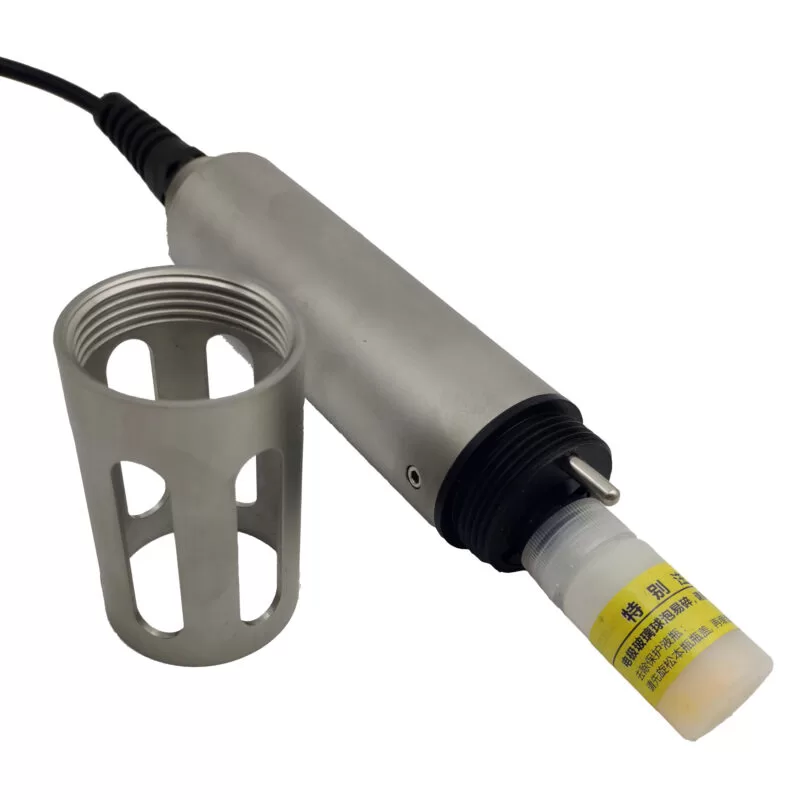
Welcome to our internal blog, where we delve into the exciting world of ORP (Oxidation-Reduction Potential) sensor technology. In this article, we will discuss the current trends and future innovations in ORP sensor technology, focusing on the KOP300 Online ORP Sensor offered by KC Sensor. As technology advances, ORP sensors continue to evolve, offering enhanced accuracy, reliability, and performance. Let’s explore the latest developments and what the future holds for ORP sensors.
Miniaturization and Integration:
In recent years, there has been a growing trend towards miniaturization and integration of sensing technologies. ORP sensors are no exception. The KOP300 Online ORP Sensor exemplifies this trend, offering a compact design without compromising performance. This allows for easier installation and integration into various industrial processes, making it more accessible and versatile.
Enhanced Accuracy and Sensitivity:
Accuracy and sensitivity are crucial factors in ORP sensor technology. Future advancements are expected to focus on improving these aspects even further. The KOP300 ORP Sensor utilizes advanced electrode materials and innovative measurement algorithms to provide precise and reliable ORP readings. As technology progresses, we can anticipate increased accuracy, allowing for more precise control and monitoring of oxidation-reduction processes.
Wireless Connectivity and IoT Integration:
The Internet of Things (IoT) has revolutionized many industries, and ORP sensor technology is no exception. The future of ORP sensors lies in their integration with wireless connectivity and IoT platforms. The KOP300 Online ORP Sensor is already equipped with a built-in wireless module, enabling seamless data transmission and remote monitoring. This integration allows for real-time data analysis, predictive maintenance, and improved process optimization.
Advanced Self-Diagnostics and Predictive Maintenance:
One of the key challenges in ORP sensor technology is the need for regular calibration and maintenance. However, future innovations are expected to address this issue by incorporating advanced self-diagnostics and predictive maintenance features. The KOP300 ORP Sensor includes self-diagnostics capabilities, which can detect electrode fouling or coating, ensuring optimal performance. As technology progresses, we can anticipate further automation of maintenance processes, reducing downtime and improving overall efficiency.
Multi-Parameter Capability:
While ORP sensors primarily focus on oxidation-reduction potential, there is a growing demand for multi-parameter sensing capabilities. Future ORP sensors may incorporate additional parameters such as pH, temperature, conductivity, or dissolved oxygen measurements into a single device. This integration offers a comprehensive monitoring solution, streamlining processes and reducing the need for multiple sensors.
Conclusion:
The future of ORP sensor technology is promising, with continuous advancements driving increased accuracy, reliability, and integration. The KOP300 Online ORP Sensor by KC Sensor exemplifies these trends, offering a compact design, enhanced accuracy, wireless connectivity, and advanced diagnostics. As technology continues to evolve, we can expect further innovations in miniaturization, multi-parameter capability, and predictive maintenance. By staying at the forefront of these developments, we can leverage ORP sensor technology to optimize industrial processes and enhance overall efficiency.




